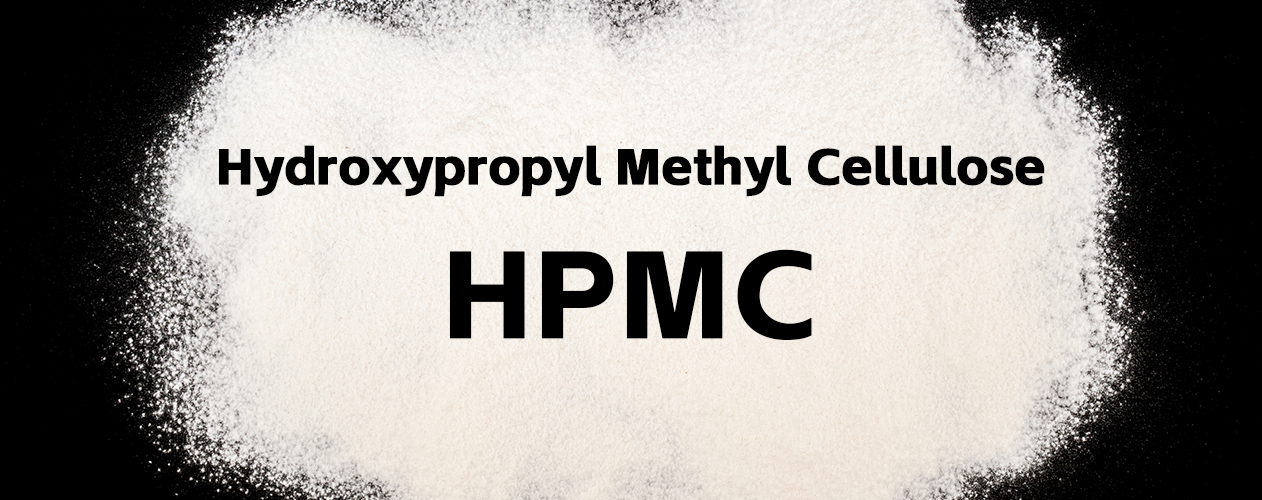
Article Title: Hydroxypropyl Methylcellulose (HPMC): The Core Additive for High-Performance Building Materials
2025-07-16 17:51In the modern construction industry, where efficiency and quality are paramount, advances in material science play a critical role. Among these, Hydroxypropyl Methylcellulose (HPMC), a high-performance polymer additive, has become an indispensable component in numerous advanced building material formulations. From improving application smoothness to ensuring the final project's durability, HPMC works behind the scenes to deliver powerful results.
This article explores this remarkable material and how it brings revolutionary performance enhancements to key construction products like tile adhesives, skim coats, and mortars.
HPMC: The Secret to Superior Building Materials
Hydroxypropyl Methylcellulose (HPMC), often referred to as cellulose ether, is an eco-friendly additive derived from natural plant fibers. By incorporating a very small amount of this HPMC powder (typically 0.2%-0.5%) into cement-based or gypsum-based products, a wide range of physical and chemical properties can be significantly improved.
1. Excellent Water RetentionIn dry-mix mortars, water is essential for the cement hydration process, which generates strength. HPMC acts like a sponge, locking in moisture and slowing its absorption into the substrate (like walls or floors). This ensures the cement has sufficient time to hydrate completely, leading to higher bonding strength and compressive strength. Fundamentally, this prevents surface cracking, hollowing, and powdering caused by rapid water loss.
2. Superior Thickening and Anti-Sag PropertiesHPMC is an effective thickener that significantly increases the consistency of wet mortar, providing excellent sag resistance. When applying thick layers of plaster or installing heavy tiles on vertical surfaces, the mortar will not droop or slip, greatly simplifying the application process. This thickening effect makes the material easier to shape and control.
3. Enhanced Workability and Smooth ApplicationThe lubricating effect of HPMC molecules dramatically improves the workability of the material, making the mortar much smoother and easier to trowel. Whether applying wall putty by hand or spraying plaster with a machine, the process becomes easier and more efficient, contributing to a flatter, more professional finish.
4. Stronger Adhesion and Extended Open TimeHPMC not only improves the physical properties of the wet mix but also forms a special polymer film upon curing. This film enhances the adhesion between the mortar and the substrate, as well as between the adhesive and the tile. It also effectively provides an extended open time, which is the time the mortar remains usable after mixing. This gives workers ample time for large-area applications or fine adjustments, reducing material waste.
In-Depth Applications of HPMC in Key Construction Products
In Tile AdhesivesFor producing high-quality C1/C2 grade tile adhesives, adding HPMC provides unmatched water retention and slip resistance. It ensures that the adhesive beneath the tile retains enough water to cure properly, even in high temperatures or dry conditions. It also allows for slight adjustments to tile positioning after placement, making it an ideal additive for manufacturing high bonding strength tile cement.
In Skim Coats and Wall PuttyFor both interior skim coats and water-resistant wall putty, the function of HPMC is to ensure a smooth application, an even finish, and crack resistance. Its water retention properties allow the putty layer to dry uniformly and enhance the adhesion to the wall substrate, creating a solid foundation for painting.
In Plastering and Masonry MortarsWhether used in leveling plaster or masonry mortar for blockwork, HPMC improves consistency and workability, making it highly suitable for modern machine applications. Its ability to retain water is crucial for preventing cracks in thin plaster layers, ensuring the overall quality of the wall finish.
In External Insulation and Finish Systems (EIFS)EIFS systems demand high adhesion and flexibility. In the bonding mortar, HPMC ensures that insulation boards are securely attached to the wall. In the finishing base coat, it provides the necessary flexibility to resist stress from temperature changes, preventing the protective layer from cracking.
In Self-Leveling CompoundsFor self-leveling compounds that require high flowability, a low-viscosity HPMC is the perfect choice. While ensuring the material can flow freely to find its level, it effectively controls water to prevent segregation, bleeding, and settlement, resulting in a smooth and solid floor.
How to Choose the Right Construction Grade HPMC
Selecting the most suitable HPMC grade depends on your specific product requirements. Key technical parameters include viscosity, particle size, and chemical modification type. For example, plastering mortars that demand high workability typically require a medium-to-high viscosity HPMC, while self-leveling products perform better with low-viscosity grades. As a professional HPMC supplier, we can help you match the best product for your application.
As a dedicated HPMC supplier and manufacturer in the chemical additives sector, we are committed to providing a full range of high-performance and quality-stable Hydroxypropyl Methylcellulose products. We believe that premium raw materials are the cornerstone of outstanding construction projects.
If you are looking to enhance the performance of your building materials or seeking a reliable, long-term partner, contact us today. Our team of technical experts is ready to provide you with professional formulation advice and a one-stop solution.

